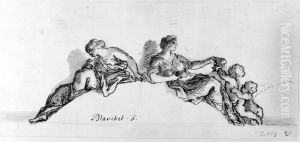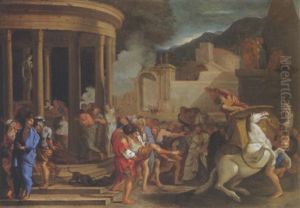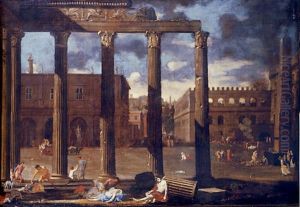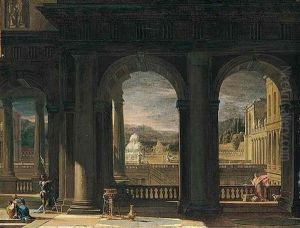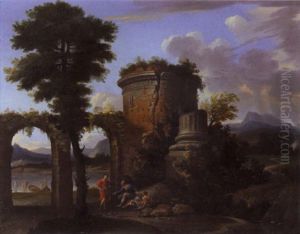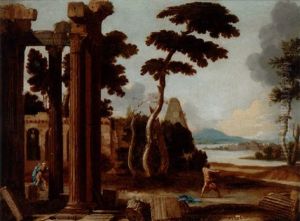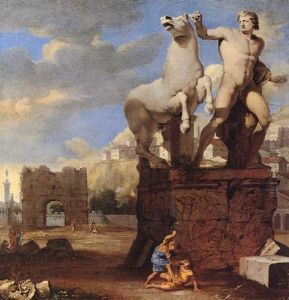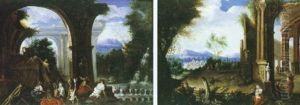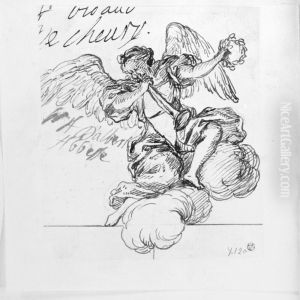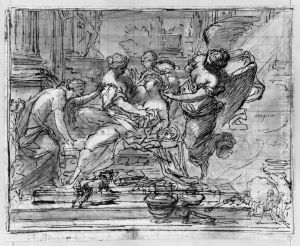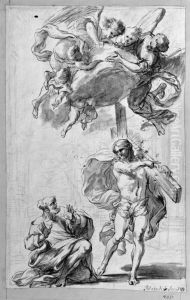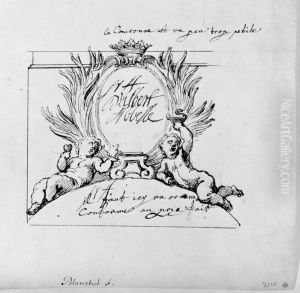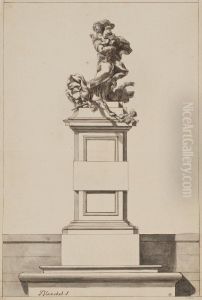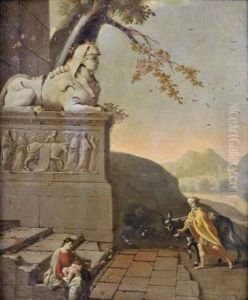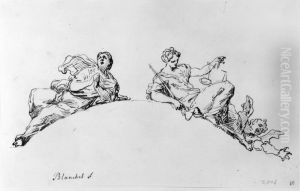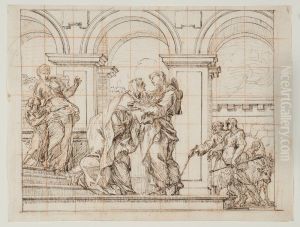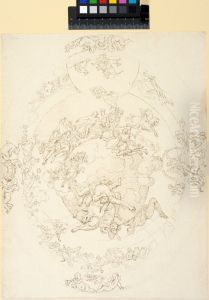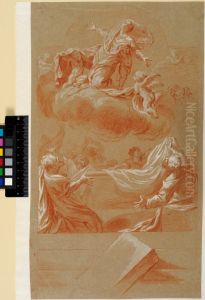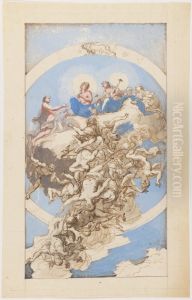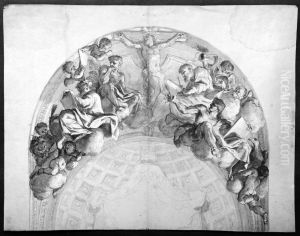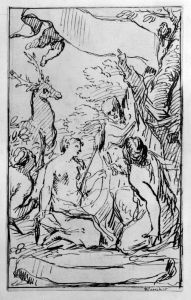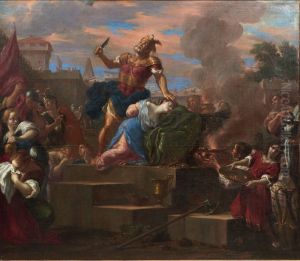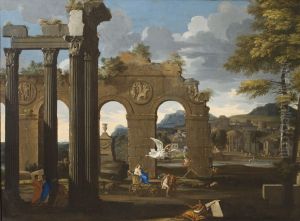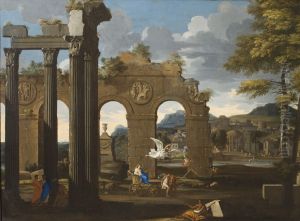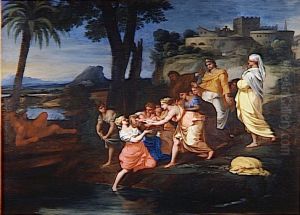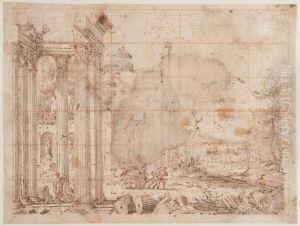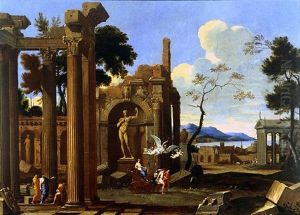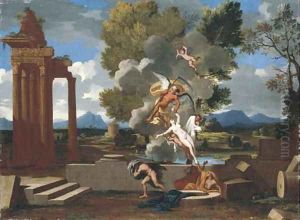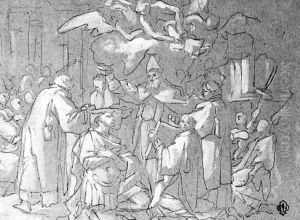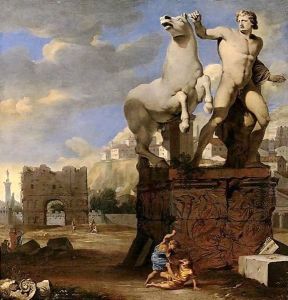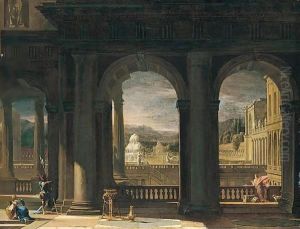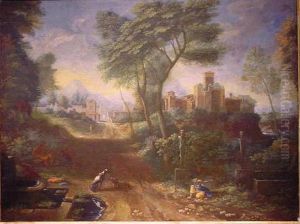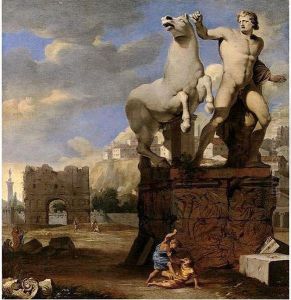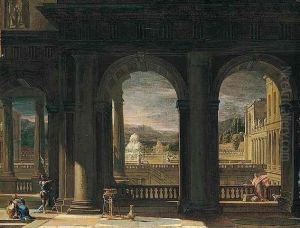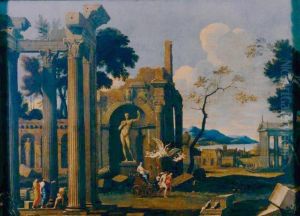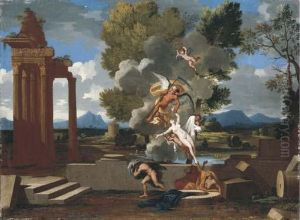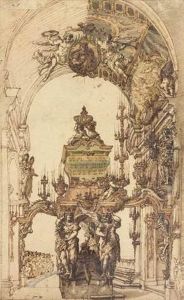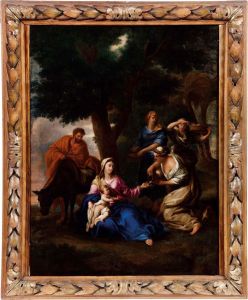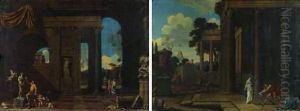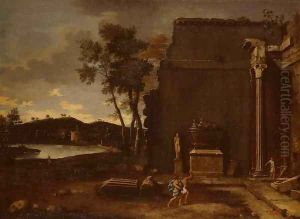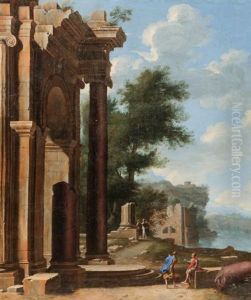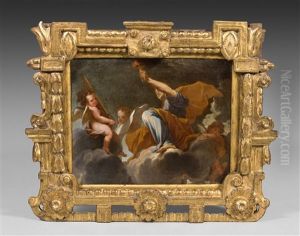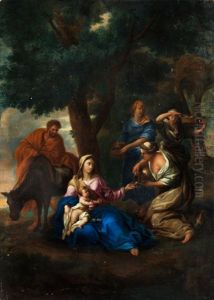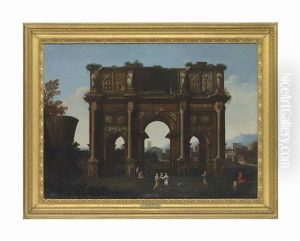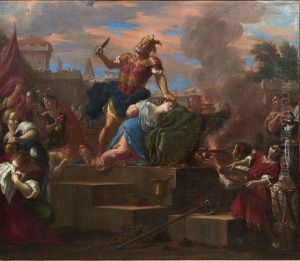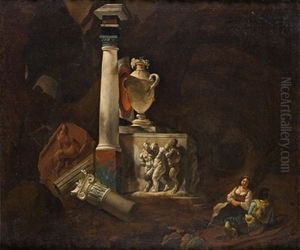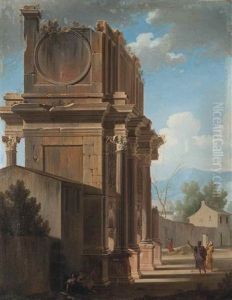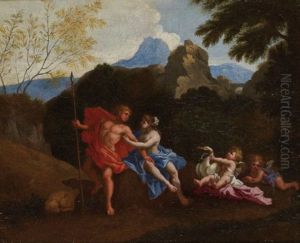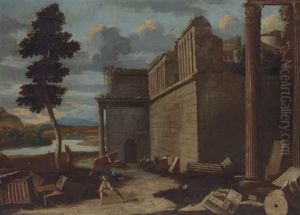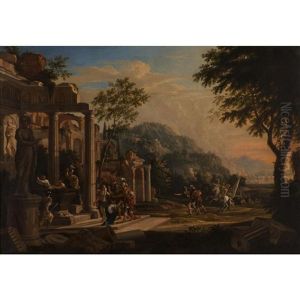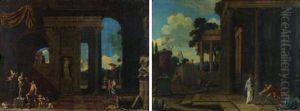Thomas Blanchet Paintings
Thomas Blanchet was a French painter, architect, and decorator, whose work exemplified the Baroque style with its emphasis on emotion, movement, and drama. Born in Paris in 1614, Blanchet moved to Lyon in the mid-17th century, where he would spend a significant portion of his career and leave a lasting impact on the region's artistic landscape.
Blanchet's early years were marked by a comprehensive education in the arts, likely starting in Paris, where he was exposed to the flourishing artistic environment of the time. His style was influenced by the works of the Italian masters as well as by the French classical tradition, which he would later blend in his own creations.
In Lyon, Blanchet quickly established himself as a leading figure in the arts. He was not only involved in painting but also engaged in architectural projects and decorative schemes for public buildings and churches. Among his most notable works are the ceiling paintings in the Hôtel de Ville of Lyon and the grandiose decoration of the Chapel of the Hôtel-Dieu. These works are characterized by their dynamic compositions, rich color palette, and the dramatic use of light and shadow, all hallmarks of the Baroque style.
Blanchet's influence extended beyond his own works. He played a pivotal role in the artistic community of Lyon, teaching and mentoring young artists, thus helping to spread the Baroque style throughout the region. His legacy is not only seen in the buildings and artworks he left behind but also in the generation of artists he inspired.
Thomas Blanchet passed away in 1689, leaving behind a body of work that continues to be admired for its beauty and historical significance. Through his contributions to painting, architecture, and decoration, Blanchet remains a prominent figure in the history of French art, particularly in the Baroque period. His ability to merge Italian influences with French elegance has made his work a lasting testament to the rich cultural exchange that defined European art during the 17th century.
